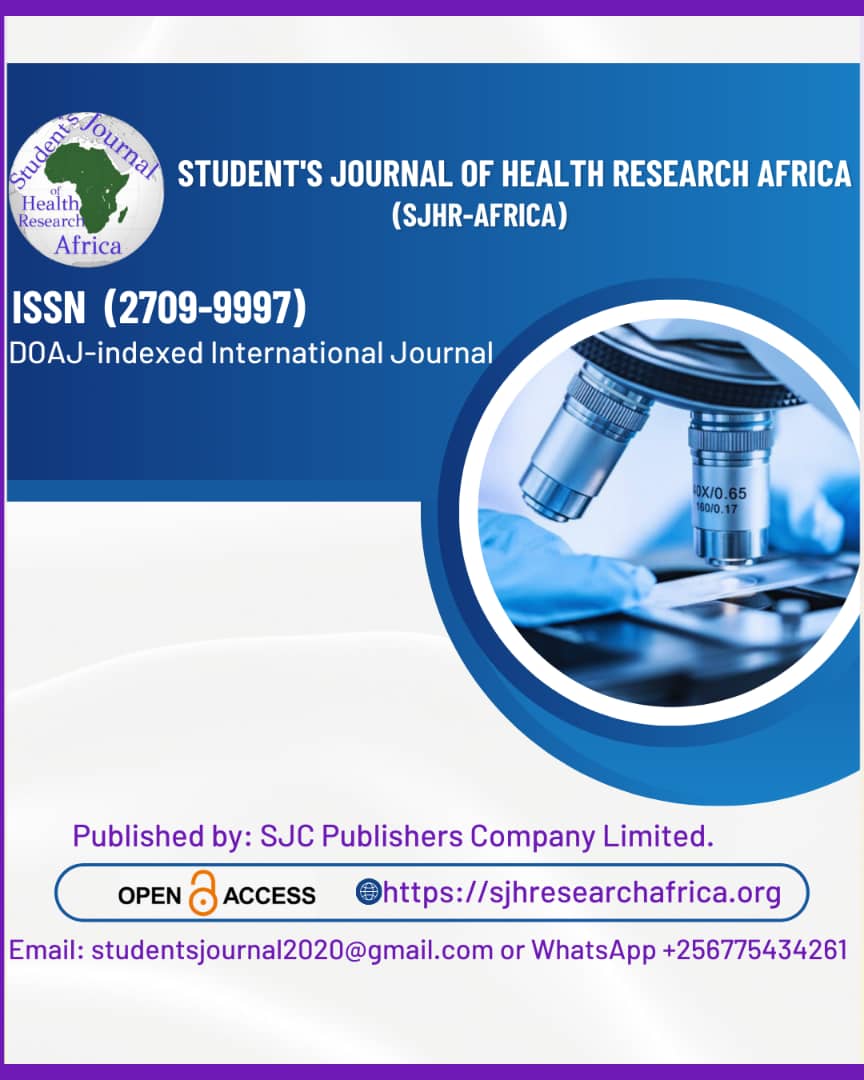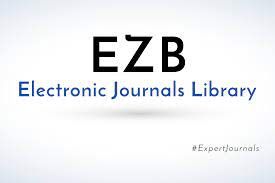Paperless partogram as a bedside tool for the prevention of prolonged labour: A prospective observational study.
DOI:
https://doi.org/10.51168/sjhrafrica.v6i9.2142Keywords:
Prolonged labour, Paperless Partogram, Caesarean section, Alert Estimated Time of Delivery (ETD), Action Estimated Time of Delivery (ETD)Abstract
Background
Prolonged and obstructed labor, occurring in roughly 5% of deliveries, is a major cause of maternal and perinatal complications. Continuous monitoring of labor, timely recognition of deviations, and appropriate intervention are vital in reducing adverse outcomes. A more straightforward way to monitor the course of labor, the paperless partogram aids physicians in deciding the appropriate time for intervention and indicating when referral to higher centers with cesarean facilities is necessary. This study evaluated its effectiveness in preventing prolonged labor.
Materials and Methods:
A prospective study was carried out among 318 primigravida women with uncomplicated singleton pregnancies in cephalic presentation who presented in spontaneous active labor at the Department of Obstetrics and Gynecology, VSS Institute of Medical Science and Research, Burla. Alert ETD (anticipated time of delivery) and Action ETD parameters were used to track labor.
Results:
The mean age of participants was 24.6 ± 3.2 years. Most belonged to rural areas (68%) and the lower socioeconomic class (61%). Twenty-two percent of women crossed the Alert ETD, while only 1% exceeded the Action ETD. The mean duration of the active phase of labor was 4.9 hours. The incidence of prolonged labor was 8%, with 7 forceps and 20 cesarean deliveries.
Conclusion:
The paperless partogram was found to be a simple, reliable, and effective tool for managing labor. Its use minimized the occurrence of prolonged labor and contributed to a reduction in maternal and neonatal complications as well as cesarean section rates.
Recommendation:
It should be incorporated into routine obstetric care, especially in low-resource settings.
References
Lavender T, Hart A, Smyth R. Effect of partogram use on outcomes for women in spontaneous labour at term. Cochrane Database Syst Rev. 2008;(4): CD005461. https://doi.org/10.1002/14651858.CD005461.pub2
Mahler H. The safe motherhood initiative: a call to action. Lancet. 1987;329(8534):668. https://doi.org/10.1016/S0140-6736(87)90423-5
World Health Organization. Preventing prolonged labour: a practical guide. The Partograph. Maternal health and safe motherhood programme, Division of Family Health. Geneva: WHO; 1993.
World Health Organization. Beyond the numbers: reviewing maternal deaths and complications to make pregnancy safer. Geneva: WHO; 2004.
World Health Organization. Preventing prolonged labour: a practical guide. The Partograph. Part I: principle and strategy. Geneva: WHO; 1993.
World Health Organization. World Health Organization partogram in the management of labour. Lancet. 1994;343:1399-404. https://doi.org/10.1016/S0140-6736(94)92528-3
Debdas A. Paperless partogram. Sri Lanka J Obstet Gynaecol. 2008;30(1):124. Presented at: 41st Annual Scientific Sessions; 2008; Colombo, Sri Lanka.
Friedman EA. Primigravida labor: a graphic-statistical analysis. Obstet Gynecol. 1955;6:567-89. https://doi.org/10.1097/00006250-195512000-00001
Friedman EA. Labor in multiparas: a graphicostatistical analysis. Obstet Gynecol. 1956;8:691-703. https://doi.org/10.1097/00006250-195612000-00007
Friedman EA. Labour: clinical evaluation and management. 2nd ed. New York: Appleton-Century-Crofts; 1978.
Downloads
Published
How to Cite
Issue
Section
License
Copyright (c) 2025 Atal Bihari Dandapat, Rashmi Ranjan Rout, Bikash Ranjan Panda, Bhawani Shankar Mohanty

This work is licensed under a Creative Commons Attribution-NonCommercial-NoDerivatives 4.0 International License.





















